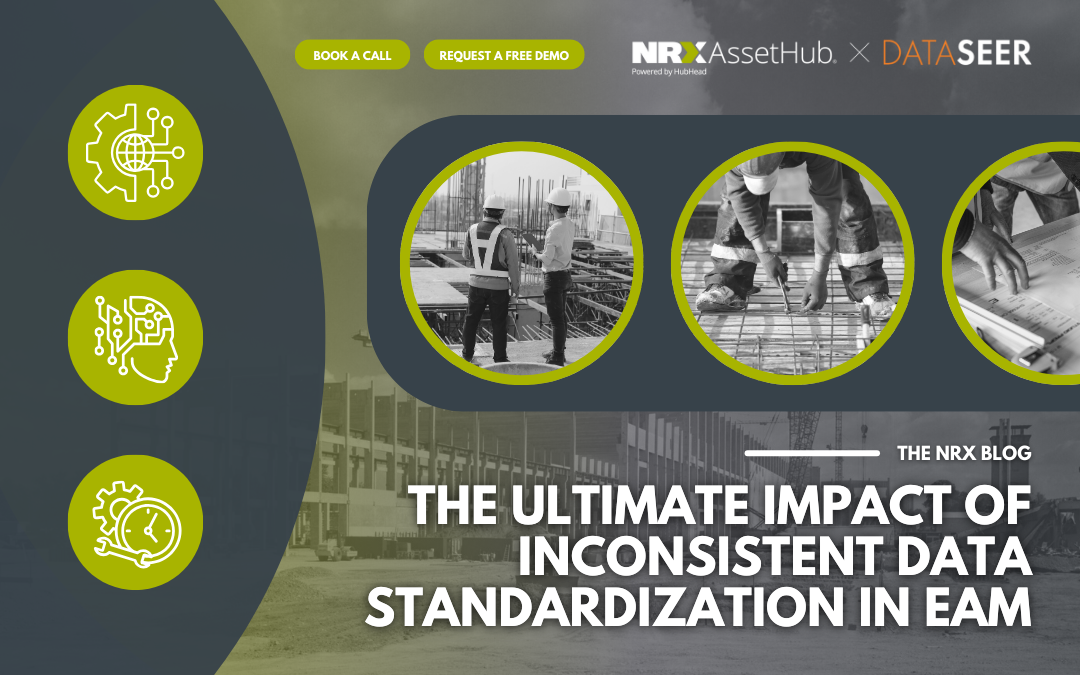In enterprise asset management (EAM), data is everything. It drives decision-making, fuels operational efficiency, and lays the groundwork for digital transformation. Yet, many organizations struggle with a silent but pervasive issue: inconsistent data standardization. Engineering teams often treat standards as flexible suggestions rather than fixed rules, leading to fragmented systems, miscommunication, and costly inefficiencies.

The Roots of the Problem
At its core, the issue stems from how engineering teams interpret and apply standards. These are often viewed not as hard rules but as a baseline to be customized for specific projects. Over time, these “flexible” practices evolve into deeply entrenched habits across teams, departments, and organizations.
For example, different project teams may name functional locations (FLOCs), equipment, or processes differently in SAP Plant Maintenance, IBM Maximo, or other EAM systems. One team may prioritize concise labels, while another uses detailed descriptions—and both approaches exist side by side within the same database. The result? A combination of naming conventions and terminologies that requires significant human effort to decode.
The Impact on Enterprise Asset Management
Inconsistent data standards may seem like a minor inconvenience, but their effects ripple across the organization:
- Wasted Time and Lost Efficiency: Teams lose countless hours deciphering inconsistent data, leaving less time to focus on critical business decisions and essential engineering work.
- EAM Migration Challenges: When transitioning to new systems such as Oracle EAM or Infor, inconsistencies require significant data cleansing, adding time and costs.
- Digital Twin and Digitalization Barriers: The creation of accurate digital twins depends on clean, standardized data. Without it, digitalization efforts are doomed to fail.
- Increased Dependency on Experts: Organizations rely heavily on human engineers with domain expertise to interpret non-standardized data, which slows down processes and increases costs.

Why This Problem Persists
The lack of standardized practices across the industry perpetuates this issue. Engineering and IT teams often operate in silos, focusing on their immediate goals rather than enterprise-wide consistency. By adding the liberal use of customizations in EAM systems, this creates a perfect storm where even simple tasks such as finding a functional location (FLOC) or running preventive maintenance schedules (PMs) become overly complicated.
The Cost of Doing Nothing
The true cost of inconsistent data is rarely obvious upfront, but it reveals itself over time:
- Operational inefficiencies that lead to downtime and missed opportunities.
- Rising costs during EAM or CMMS migrations due to the need for extensive data cleanup.
- Lost innovation potential as digital twin initiatives are delayed or scrapped.
The chaos created by inconsistent data standards doesn’t just slow progress—it actively undermines it.

Conclusion
Inconsistent data standardization is not just a technical problem; it’s a cultural and organizational challenge that affects enterprise asset management at every level. Addressing it is critical for organizations looking to embrace digital transformation and improve their bottom line. But what can be done? That’s where the solution begins—building the right foundation for standardization.
Utilizing Drawing Data for Accurate Cost Estimation

The Challenges of Table Data Extraction

The Tedious Nature of Creating Piping Lists Manually

Share this article

